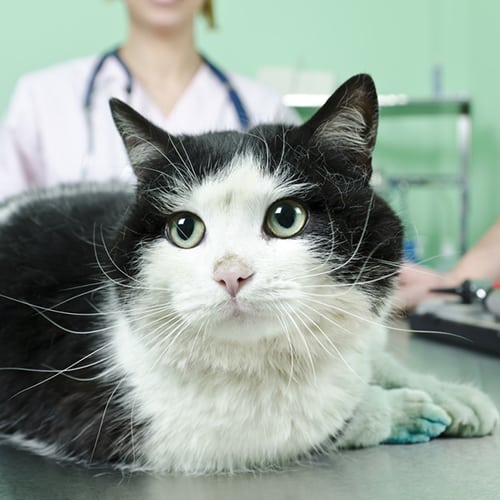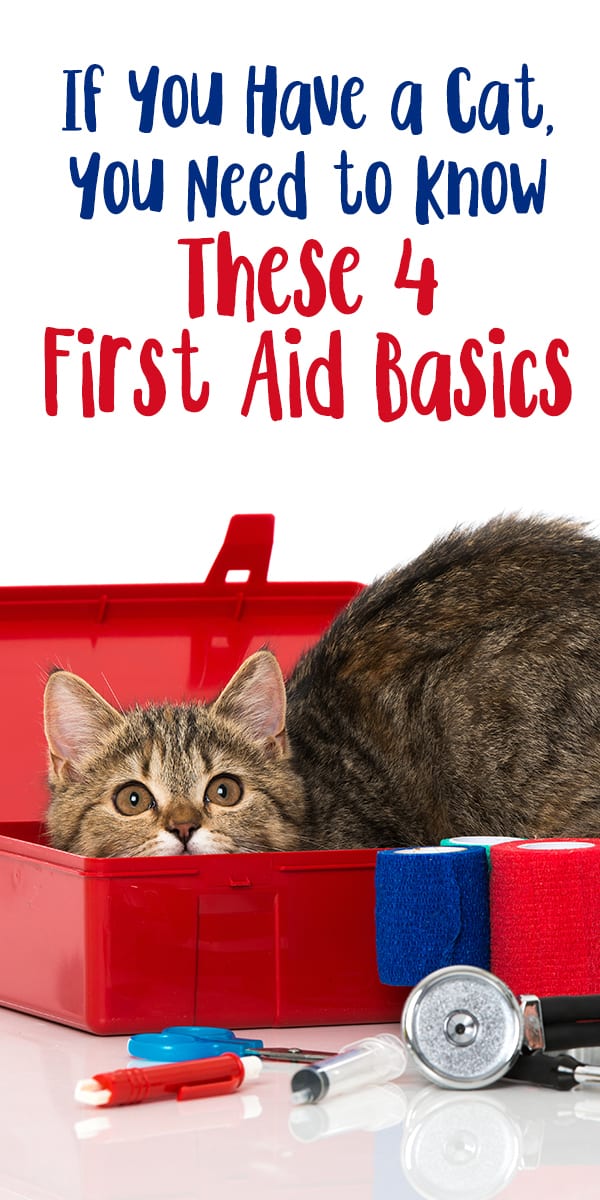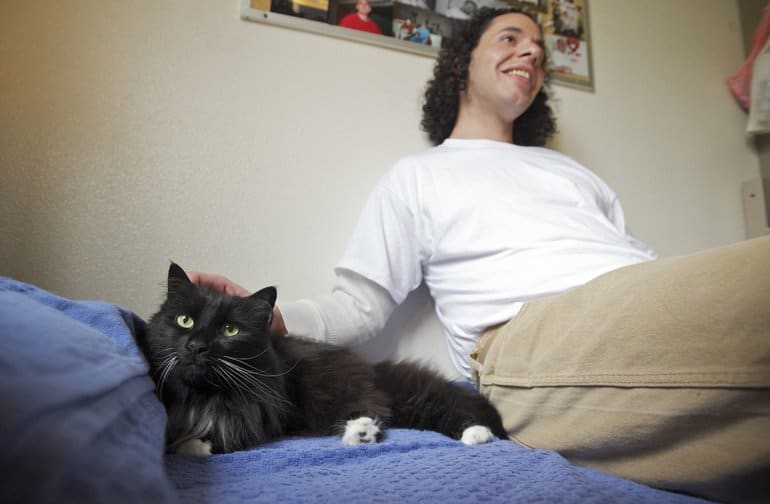As cat owners, we tend to believe we’re immune to any type of cat emergency. Cats are so independent and self-reliant that it’s something we don’t really think about too much. However, just like any other pet (or human), there are many things we should be prepared for when it comes to our cats. After all, accidents happen.

It’s a good idea to have an emergency first aid kit for cats available in your home. This can be valuable in any emergency.
Poison

Because cats are so curious by nature, one of the more likely emergency scenarios you could experience as a cat parent is his ingestion of a poisonous plant or substance. Cats are very sensitive to poison and the result could be kidney failure. Avoid toxic house plants, including lilies. If you believe your cat has ingested something poisonous, immediately contact your veterinarian for advice.
Bites or Scratches
There’s nothing scarier than an accident involving a bite! Whether the bite is from another cat, a dog, or some other animal, there are steps you should take immediately to ensure your cat is safe.
If the wound is bleeding, use a clean, absorbent towel or dishcloth and apply pressure to the wound. Soothe your cat while you are doing this, as bites can be quite painful and your cat may lash out.
It’s a good idea to have a cat muzzle available in your first aid kit so you can obtain first aid for your pets.

Generally, bite wounds don’t bleed much, so if you feel that there is excessive bleeding, you should get your cat to the veterinarian immediately. If you see that there is only a bit of blood, gently clean the area with soap and warm water. Watch for abscesses, which are swollen areas under the skin filled with blood or infection. These will require you to visit a veterinarian for draining and antibiotics.
If your cat is not up-to-date on her vaccinations, it’s important you let your veterinarian know. Most diseases are transmitted through saliva. This is especially important if you suspect rabies. Keep your pets updated on vaccines.
Fractures
If your cat is suddenly limping, refusing to use a leg, or you can obviously see a bone sticking out from the skin, immediately bring your cat to the veterinarian. The only way to determine a fracture is through radiology. If fractures are not repaired immediately, your cat could experience crippling damage for life.

This is a time when you may not be able to put your cat into his carrier safely. Another option may be a large shipping box, a laundry basket or any other sturdy container that allows plenty of airflow. Your cat is likely to be in distress, so you may want to consider wearing gloves while handling. Do your best not to jostle your cat while driving to the veterinarian.
Heatstroke
In very warm places around the country, cats may be prone to heatstroke. If you live in the desert, it’s a good idea to have instant ice packs available in the event of power going off or being stranded roadside. These are activated by squeezing and shaking them, so no freezing is necessary.

Never leave your cat in a car or in a room that does not have plenty of ventilation and air-conditioning or a fan. Cats will show signs of overheating by panting, listlessness, or lying on their side. If you see this, place ice packs near (not on) your cat and transport them to the veterinarian as soon as possible.
Medical emergencies most often happen without any warning. That’s why, while we can never be fully prepared for every emergency, it’s essential for pet parents to know these first aid basics. Preparedness may just save your cat’s life!
If you found this article helpful, pin it!





